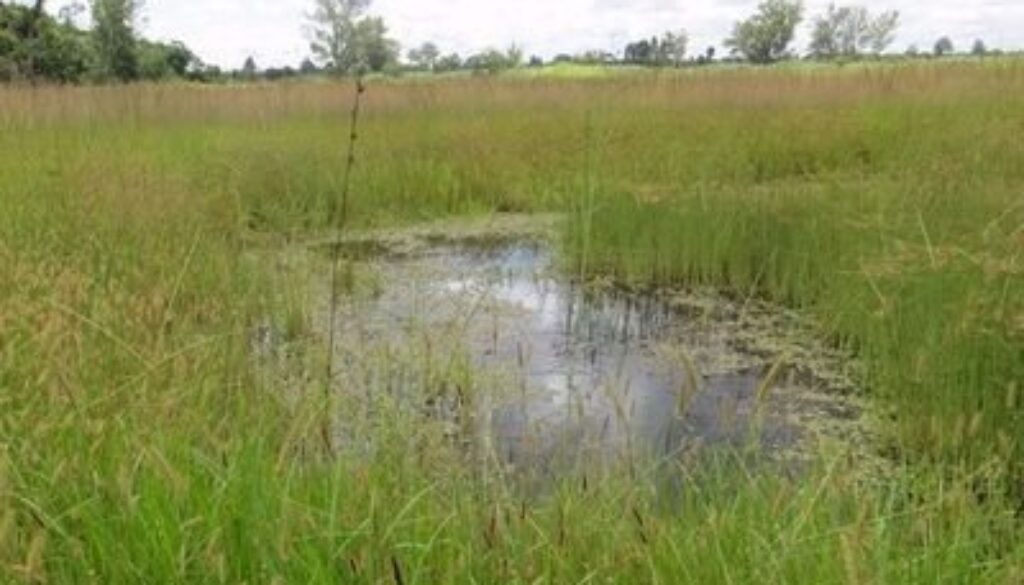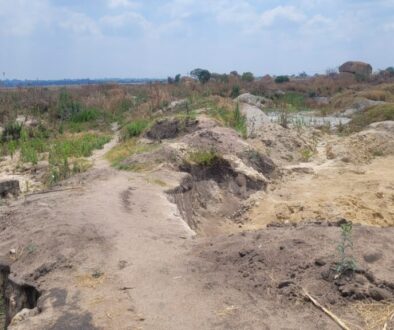Ramsar COP 15 and opportunities for wetlands protection: A Harare Wetlands Trust perspective
By Edgar Gweshe
Zimbabwe is set to host the Ramsar Convention’s 15th Conference of Parties (COP 15) in Victoria Falls in July 2025.
The event will mark the 15th meeting of the Conference of the Contracting Parties to the Convention on Wetlands.
The summit will bring together representatives from over 170 countries to discuss the conservation and sustainable use of wetlands.
The event comes on the background of the continued degradation of wetlands in Zimbabwe amid calls for an all stakeholders approach to preserve, restore and protect the wetlands.
According to the Environmental Management Agency (EMA), 82% of the country’s wetlands are moderately to severely degraded, with only 18% remaining in a relatively undisturbed state
As a signatory to the Ramsar Convention on the protection of wetlands, Zimbabwe has seven internationally recognised wetlands with four of them located outside of Harare.
These are Chinhoyi Caves, Mana Pools, Victoria Falls National Park and Driefontein Grasslands.
Harare has 3 wetlands recognised under the Ramsar Convention namely Lake Chivero, Cleveland Dam and Monavale Vlei.
However, Harare’s headwater wetlands, like many around the world, are under significant pressure from a range of human activities leading to their rapid degradation and loss.
Factors leading to the destruction of wetlands in Harare include the drainage and conversion of wetlands for infrastructure development, crop cultivation, corrupt land allocations, pollution from solid waste and sewage as well as sand mining, particularly noted in the Cleveland Dam Catchment area.
Statistics show that over the last two decades, Harare has lost 50% of its wetlands and stakeholders have pointed the need for urgent action to save the remaining wetlands.
Harare depends on its headwater wetlands for water supply and the continued destruction of these water sources poses a significant threat to the sustainable development of the city.
“The ongoing degradation of wetlands has severe implications for the City of Harare’s future development, particularly in the quest for climate smart cities. The loss of wetlands threatens to worsen the already critical water shortages driven by rapid population growth and urban development, which in turn places immense pressure on existing water resources. Wetlands play a critical role in water purification, flood control, and sustaining biodiversity, all of which are essential for the well-being of urban populations,” noted Harare Wetlands Trust Programmes Manager, Selestino Chari.
He said the upcoming COP15 Summit is an ideal opportunity for Zimbabwe to advance commitments on wetlands protection.
“This high-profile event offers a pivotal opportunity to advance both national and regional commitments to wetlands and biodiversity conservation. The timing is also aligned with the United Nations’ Decade on Ecosystem Restoration (2021-2030), which calls for urgent efforts to restore degraded ecosystems and protect those that are under threat.
Improved management and protection of wetlands are essential to ensuring healthy ecosystems that can provide clean water, support biodiversity and contribute to national development goals. Wetland conservation directly supports the objectives of Zimbabwe’s National Development Strategy 1 (NDS1), including the attainment of national biodiversity and livelihood objectives. Furthermore, it aligns with global targets under the Kunming-Montreal Global Biodiversity Framework, the Sustainable Development Goals (SDGs) and the climate action goals by enhancing carbon capture, local climate regulation and resilience to climate change,” said Chari.
He challenged duty bearers to ensure concerted efforts on wetlands management and protection.
Various civil society groups in Zimbabwe continue to make calls for the gove.rnment to domesticate the provisions of the Ramsar Convention which the government signed in 2013.
“The protection of wetland ecosystems and public streams is not only a national priority but also a legal obligation under the Environmental Management Act (EMA) Chapter [CAP] 20:27 no. 13/2002, alongside Statutory Instrument (SI) 7 of 2007, which outlines regulations for Environmental Impact Assessments and Ecosystems Protection,” said Chari.





